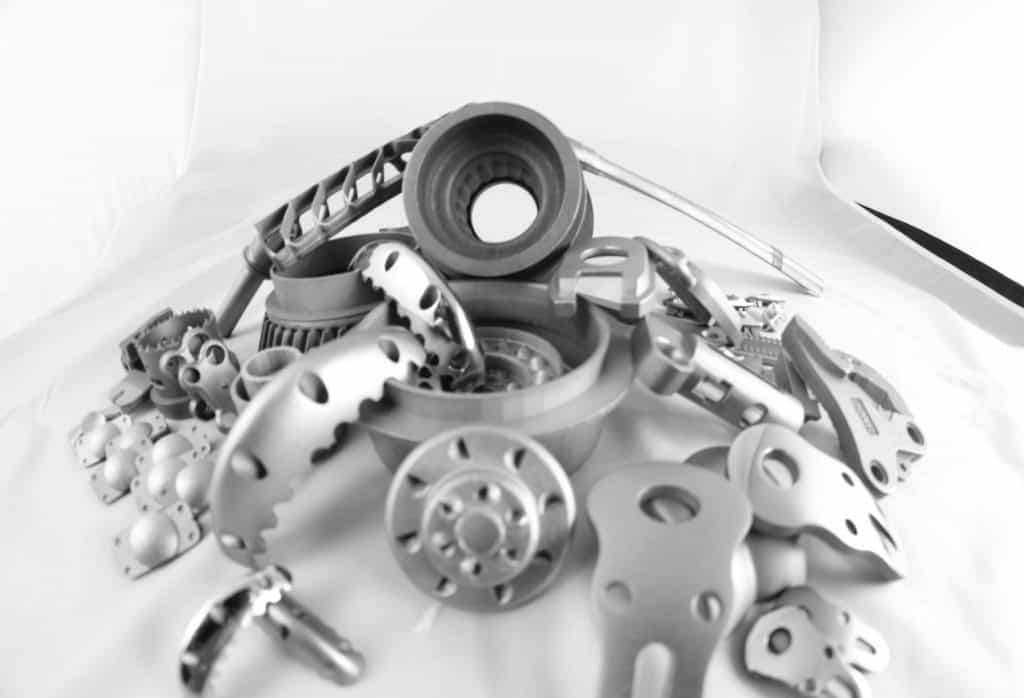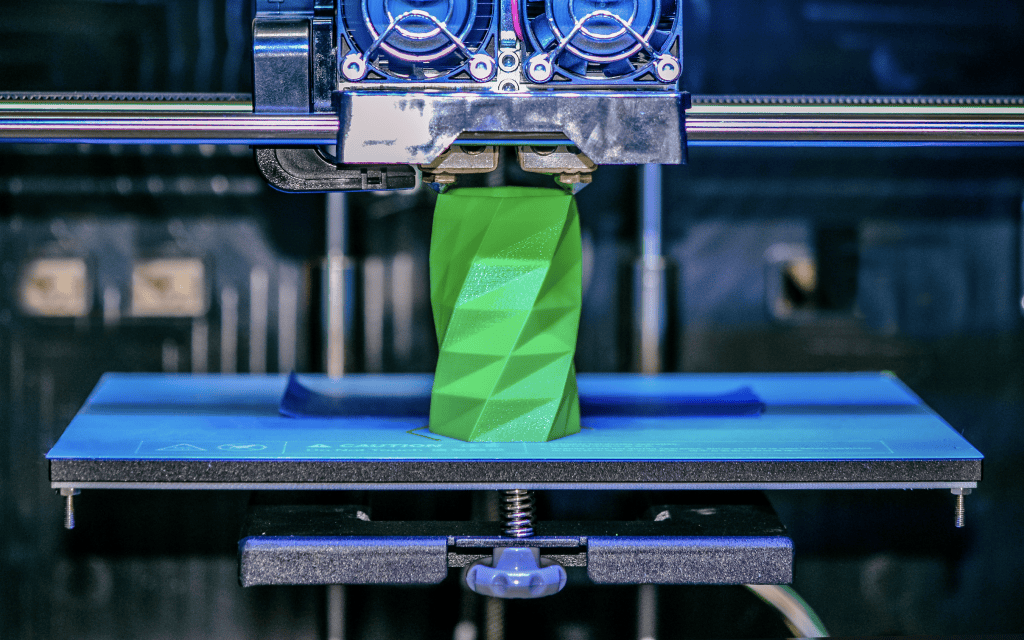The Future of Manufacturing: Trends in Manufacturing for 2023

Manufacturing Trends for 2023
Manufacturers need help to overcome challenges, improve operations, and identify inefficiencies. Technological advances, marketplace needs, and the objectives of the business primarily drive the manufacturing industry trends for the remainder of 2023.
The pandemic’s impact continues to affect manufacturing, but moving forward there will be fresh challenges in store. Worker shortages continue and automation is viewed as part of the solution. Overall, the world’s supply chain is still adjusting, while the “products as a service” trend is gaining traction.
Here are six manufacturing trends that provide manufacturers with opportunities to address new and ongoing problems over the next year:
1. The Supply Chain Continues to Adjust
COVID-19 supply chain disruptions will continue to affect manufacturers in 2023. Within the transportation industry, the combination of rising inflation and worker shortages has resulted in increased costs for shipping goods from other countries. These escalating costs have a direct impact on consumers and contribute to heightened unpredictability throughout the entire supply chain.
Manufacturers are fighting back against these issues, implementing three key strategies:
- Diversifying the supplier list: Rather than relying on one or two favorite suppliers, manufacturers are expanding their networks. This approach allows manufacturers to fill in the gaps with alternative suppliers, maintaining operations and profitability during shortages.
- Improving supplier relationships: Companies must develop strong relationships with their suppliers. The benefits of having strong relationships include finding new solutions for material shortages, new trade routes, and increased access when materials become available.
- Enhanced digital technologies: Companies are turning to new technologies like digital supply chain ecosystems to help them diversify and strengthen supplier relationships more effectively. Manufacturers can share essential knowledge with suppliers while ensuring materials are top-quality before they hit the manufacturing floor.
2. Product-as-a-Service Takes Center Stage
Product-as-a-Service (PaaS) is a relatively new trend adopted by manufacturers, where they convert single sales into continuous revenue streams by renting or leasing products in long- or short-term subscriptions. The business model helps industrial manufacturers deliver products and rental support while gaining periodic payment for the equipment used. It allows businesses to access additional, more predictable revenue streams and maintain a closer relationship with the customer.
In the past, the relationship between manufacturers and their customers was more limited. After the sale and final installation of a piece of equipment was complete, the only interaction between a manufacturer and their customer occurred when the customer needed repairs or was ready to purchase a new piece of equipment.
Today, customers want constant access to new brands and want to pay only for what they need instead of making a one-time purchase. Product-as-a-Service (PaaS) represents a change from selling equipment as a capital expenditure to a recurring revenue stream. Customers benefit by only paying for what they need, receiving additional support from OEMs, and accessing value-added services that help optimize their operations.
3. Data-Driven Maintenance Will Enhance Margins
Predictive maintenance has been touted as a critical part of the manufacturing future for quite a while, but it has a much different look for 2023. Instead of merely predictive maintenance, manufacturers can also expect predictive resolution.
Predictive maintenance relies on data analysis to identify irregular equipment performance, and determine the source of any ongoing issues. Predictive resolution goes one step further, providing insights that allow manufacturers to resolve those issues more confidently. Essentially, predictive resolutions improve the odds that a problem will be solved on the first try, enabling companies to increase equipment efficiency, reduce costs, and eliminate the need for any other attempts to fix an issue.
4. Manufacturers Meet Increased Demand with a Decreased Labor Force
The skills gap and labor shortages within manufacturing did not begin with the pandemic. The Washington Post reports that manufacturers have experienced a 60% increase in resignations compared to the pre-pandemic period. The “Great Resignation” saw thousands of workers voluntarily leave their jobs to look for opportunities with higher pay, better working environments, and improved work/life balance.
Complicating matters further is an aging workforce in the manufacturing industry, where a quarter of the workers are 55 and older, according to a report from the Manufacturing Institute. Demand for manufactured goods continues to increase, and manufacturers are missing out on opportunities if they cannot increase capacity and output to fulfill these requirements.
Given these circumstances, attracting, hiring, and retaining younger workers will emerge as a critical manufacturing trend in 2023. Developing new ways to leverage automation to counteract the worker shortage, with technology like robotics, is also essential.
5. Manufacturers Will Find Customers Online
Successful manufacturers do not wait passively for customers to come their way. With access to digital platforms, custom-parts manufacturers and buyers can find one another easily, and establish mutually beneficial relationships quickly.
MFG connects manufacturers and buyers using a four-step approach to encourage efficient partnerships:
- Manufacturer Directory: Buyers can search and browse MFG’s directory listing of global manufacturers, reaching out to those who can fit their needs best. Manufacturers are discovered based on capabilities, certifications, and location.
- RFQ Marketplace: For a buyer seeking custom parts, submitting a Request for Quote (RFQ) is the ideal method for getting manufacturer information. After a buyer offers the details of their project, they will start receiving quotes from manufacturers from a specified geographic area–or anywhere around the world.
- Order Management: After a buyer chooses a manufacturer, they can place an order, communicate with contacts, create or upload a purchase order, and view Parts Tracking on the MFG platform.
- Community: The MFG Community is a social platform where manufacturers can engage with other MFG users, post in forums, sell on classified listings, and post jobs.
These digital tools maximize value for manufacturers by enabling them to efficiently and economically find new customers.
6. Increased Focus on Sustainability and Carbon Neutrality
Many manufacturing companies are finding ways to achieve carbon neutrality and meet net-zero targets while turning to a more sustainable, circular economy. The focus on climate change is strong, and many manufacturers are adopting greener operations that benefit the environment and are more cost-effective too.
As more consumers seek out companies working toward carbon neutrality, labels informing them of a product’s environmental impact will function as an influential decision-making factor.
Also, as manufacturers embrace the benefits of digital transformation, they are turning to paperless solutions–a significant contributor to decreasing the carbon footprint of many within the industry.
Conclusion
Pressure related to the unsettled supply chain shows signs of letting up, but solutions to the labor shortage and skills gap remain elusive. Data-driven maintenance graduates from predictive maintenance to predictive resolutions. Product-as-a-Service promises a steady income stream for manufacturers without putting extra burdens on the environment.
Digital platforms like MFG bring manufacturers and buyers together in mutually beneficial relationships. Along with intelligent automation and other technological innovations, they promise to supply manufacturers with hope for the remainder of 2023!




